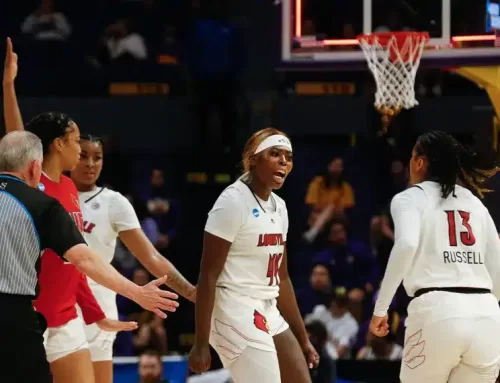By James El-Mallakh–
There are many key components to what is described as the college experience, one of the most fashionable among them is a semester spent studying abroad. These experiences are valued by higher education institutes as the most hands-on and sophisticated approach to opening young people up to a world they are less familiar with.
Study abroad programs have become increasingly popular over recent decades. According to the 2009 Open Doors Report, released by the Institute of International Education, at the turn of the millennium 150,000 students were studying abroad. Today, there are more than 250,000.
These programs are heavily affected by what happens in the countries they take place in. Sometimes, political turmoil can strike and internal strife can change the landscape of study abroad programs.
Mexico, for example, is a popular place for students who want to integrate Spanish immersion into their education. However, the Mexican government has recently been enduring a violent conflict with drug cartels, which began to escalate in 2006.
José Julio Díaz Infante, a composition student from Mexico who is pursuing a masters degree at U of L, explained how the violence in Mexico affected him.
“This past semester, I had a concert, a premier of one of my works for the new music festival in Mexico City. And it was and is, for me, a really big deal because it was performed by the national symphony orchestra of Mexico.”
Infante says he was able to secure several travel grants from U of L and the composition department. However, due to the perceived violence in Mexico, U of L decided against funding his travel.
“So I finally get all the money I need for travel, but at the very end, [U of L] told me, ‘oh you’re traveling to a dangerous country’,” said Infante. “They told me you cannot go to Mexico on behalf of the university or with university money because we have this policy.”
The policy Infante describes is a detailed outline of U of L’s requirements and recommendations regarding safety when studying abroad.
Virginia Hosono, the assistant director of the study abroad office, says that at U of L, “What we try to balance when we look at [study abroad] programs is the safety of our students and the viability of the educational program itself.”
For Infante, his request for money to travel to Mexico was ultimately approved. “I could attend and everything was okay but I think I had to do 50 percent more paperwork than usual. And actually, I think the only reason they would approve it in the end was because I was Mexican.”
The violence that has sprouted in Mexico may only temporarily inhibit students from going; there is also a long term shift in where students choose to study abroad. According to the 2009 Open Doors Report, over the past decade, the number of U.S. students studying in China has quadrupled.
What the numbers show is that as the number of study abroad students increases, more and more students are choosing to go to Asia instead of Europe. Since 1998, 62 percent of students studied in Europe while only 6 percent studied in Asia; today Europe and Asia collect 56 and 11 percent of study abroad students, respectively.
Taken as a whole, these trends reveal the continuing importance that Asia will play in the developed world, and the desire for more young students to have a keen understanding of the world they will inherit.
The short term and long term trends in study abroad programs can serve as a mirror to how the U.S. sees the outside world and how America’s impression of the world can determine where students go and where they don’t. Wherever students decide to study, Hosono is adamant that,
“[Study abroad] is a really, really important part of a student’s education,” said Hosono. “Adding an Asian studies minor, adding more languages, that skill helps students understand the importance of study abroad because they can only get so much in the classroom.”
[email protected]
Graphic by Nate Malchow/The Louisville Cardinal




